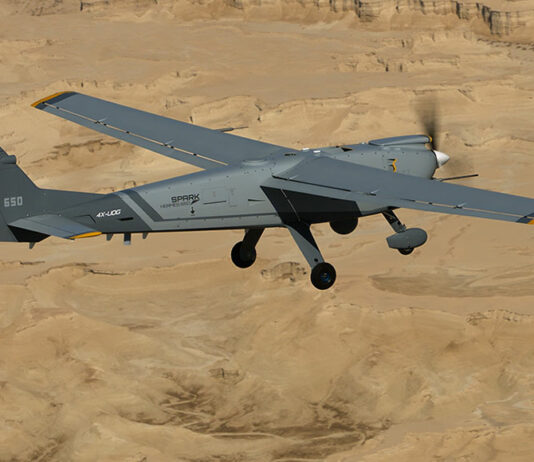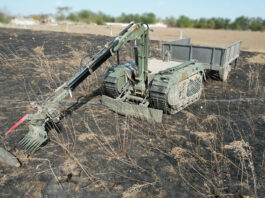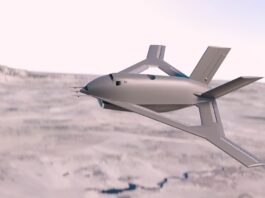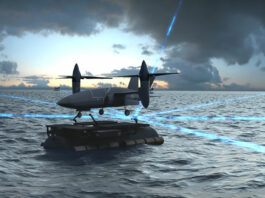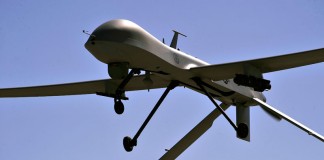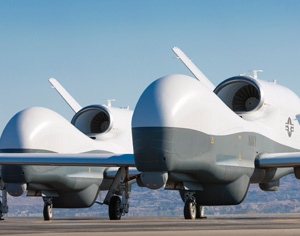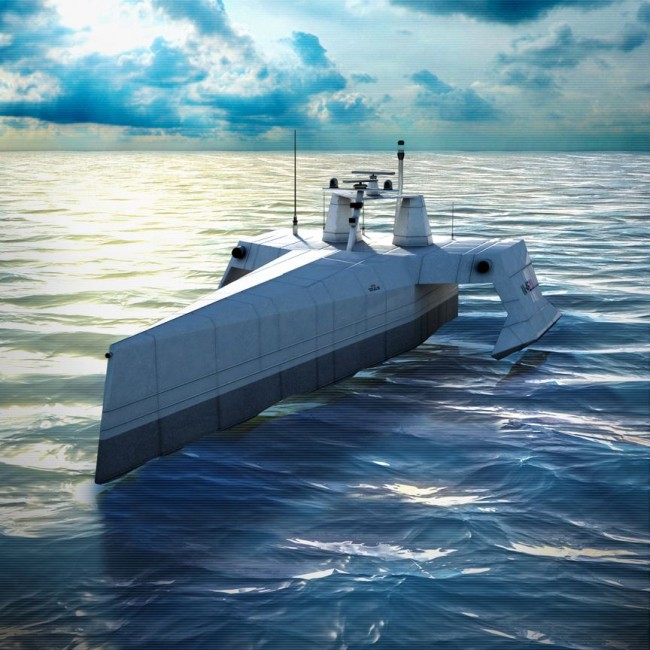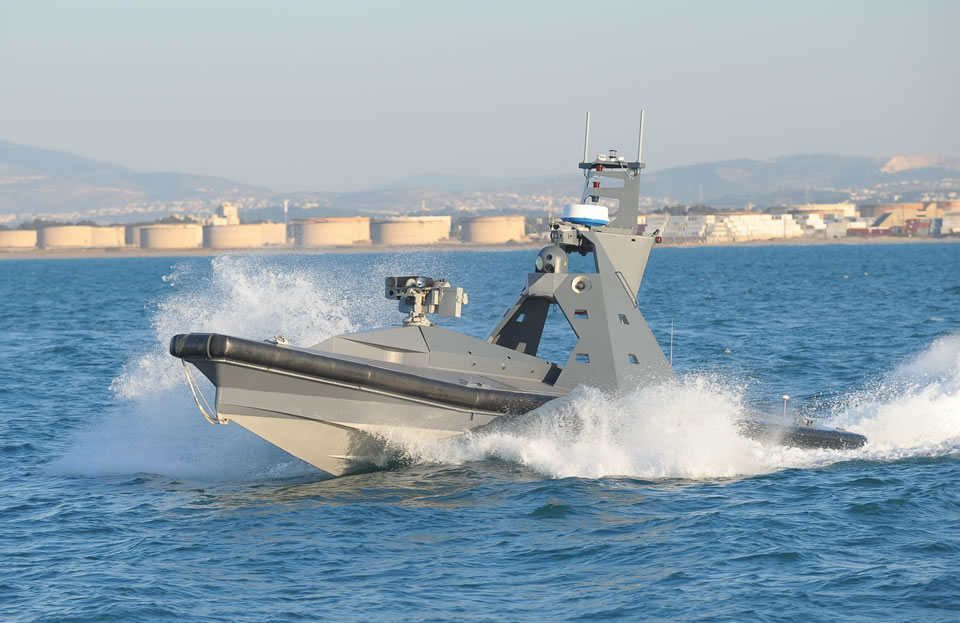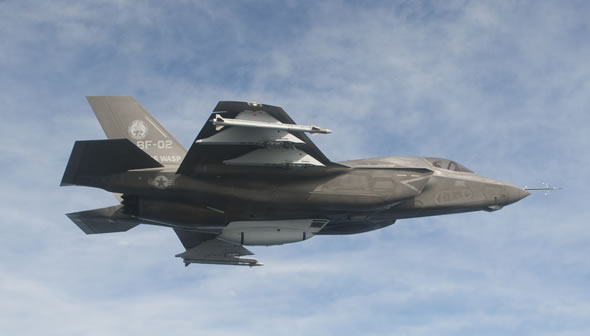Elbit Systems has rolled out the Hermes 650 Spark, the latest addition to its Hermes family of Uncrewed Aerial Systems (UAS). Spark is designed to be the contemporary successor to the long-serving Hermes 450, aiming to modernize UAS fleets that currently consist of mixed 450/900 models or are exclusively equipped with the 450 variants.


